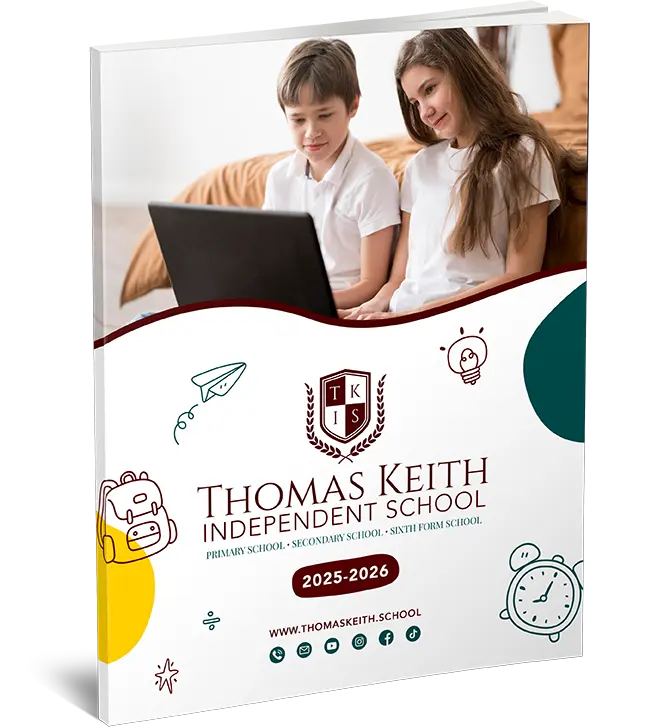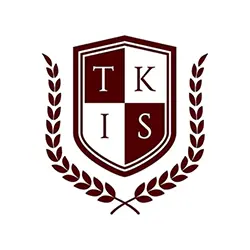Fronted adverbials are an essential part of the KS2 English curriculum. They help students develop more varied and engaging writing skills. This guide explains what fronted adverbials are, how to use them effectively, and provides examples, including their application in Thomas Keith Online Independent School’s English lessons.
What Are Fronted Adverbials?
A fronted adverbial is a word, phrase, or clause placed at the start of a sentence to add more detail about the action. It tells the reader when, where, or how something happens. For example:
- Time: “Before sunrise, the students began their reading tasks.”
- Place: “At the back of the classroom, the teacher explained the task.”
- Manner: “With great focus, the pupils completed their work.”
Why Are Fronted Adverbials Important?
Fronted adverbials:
- Add variety to sentence structure.
- Improve the flow of writing.
- Help students convey clearer details about actions.
At Thomas Keith Online Independent School, teachers emphasise the importance of fronted adverbials during KS2 English lessons. Students practise identifying and using them to enhance their creative and descriptive writing.
How to Use Fronted Adverbials
- Placement: Place the adverbial phrase at the start of a sentence.
- Example: “After lunch, students logged into their online class.”
- Punctuation: Add a comma after the fronted adverbial.
- Example: “In the library, the children found books for their research.”
- Balance: Ensure the fronted adverbial relates to the main clause and does not overcomplicate the sentence.
Examples of Fronted Adverbials
- Time:
- “Every morning, the students review their spelling words.”
- “Before bedtime, they read a story.”
- Place:
- “In the virtual classroom, the teacher shared a presentation.”
- “On the playground, the children practised teamwork skills.”
- Manner:
- “With great enthusiasm, the students participated in the quiz.”
- “Carefully, they completed their science experiment.”
Common Mistakes and How to Avoid Them
- Forgetting the Comma: Always add a comma after the fronted adverbial.
- Overuse: Using too many fronted adverbials can make writing sound repetitive.
- Lack of Clarity: Ensure the adverbial phrase directly links to the action in the sentence.
At Thomas Keith Online Independent School, students practise these skills through engaging activities, ensuring they understand how to use fronted adverbials effectively.
FAQs
Q1: What is an easy way to identify a fronted adverbial?A: Look for words or phrases at the start of a sentence that explain when, where, or how something happens. If they are moved from their usual position, they are fronted adverbials.
Q2: Why are commas used after fronted adverbials?A: Commas separate the adverbial from the main clause, making the sentence easier to read.
Q3: Can fronted adverbials be used in formal writing?A: Yes, they are useful in both formal and creative writing when used appropriately.
Q4: How does Thomas Keith Online Independent School teach fronted adverbials?A: Through interactive lessons, writing exercises, and real-time feedback, students master the use of fronted adverbials.
Conclusion
Fronted adverbials are a key writing skill taught in KS2. They help students create more descriptive and engaging sentences. By placing adverbials at the start of sentences and using commas correctly, students can elevate their writing. At Thomas Keith Online Independent School, learners are given the tools and support to excel in mastering this important concept.




